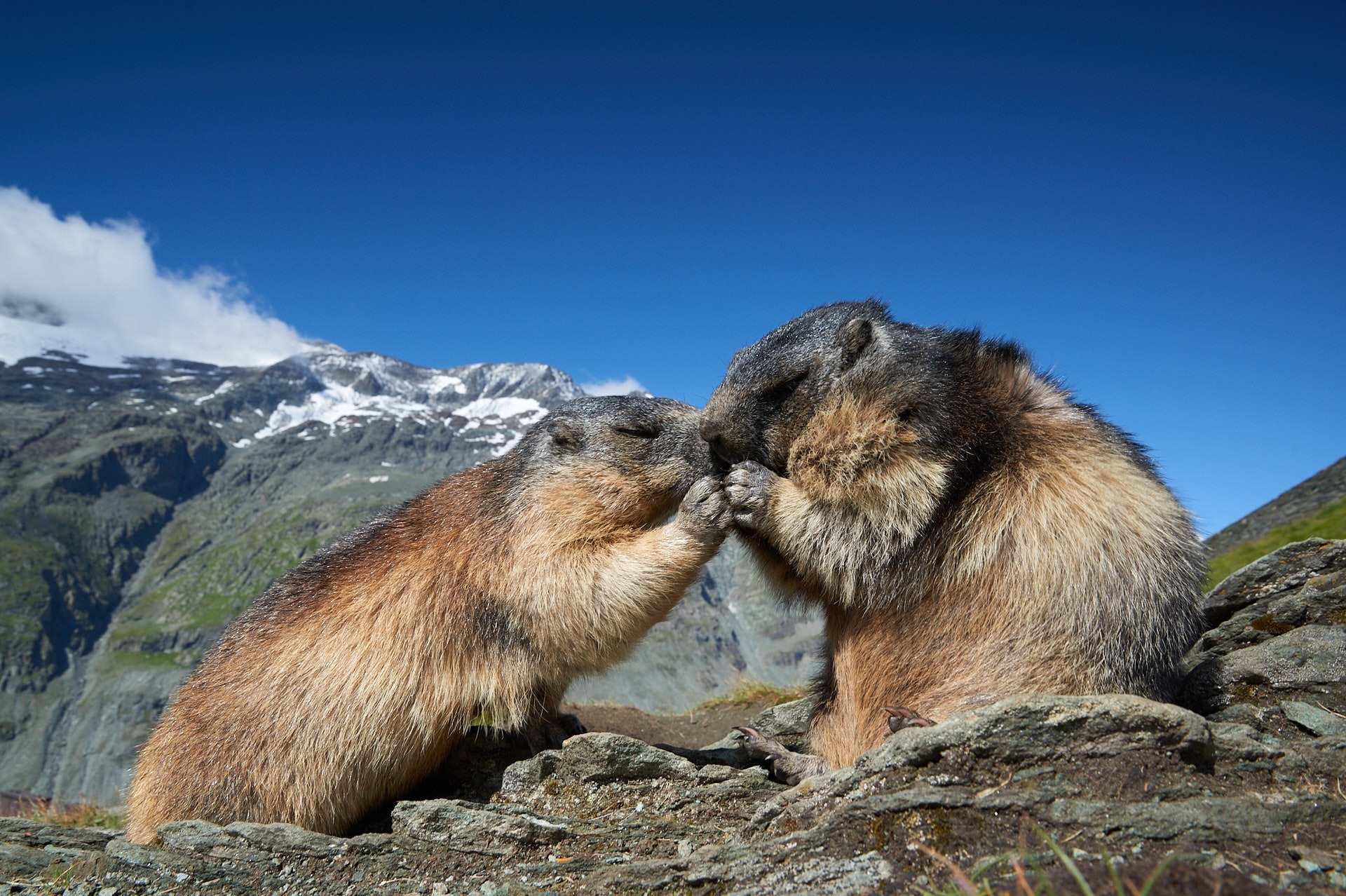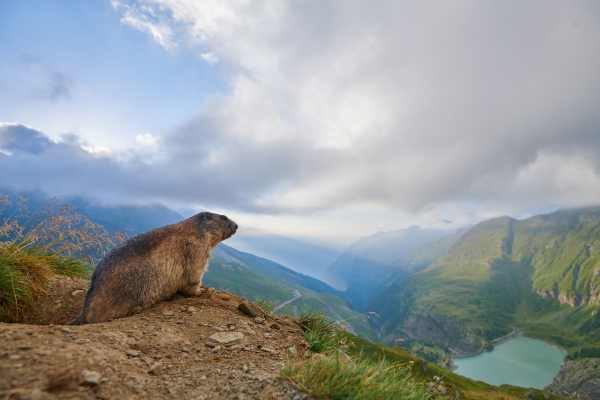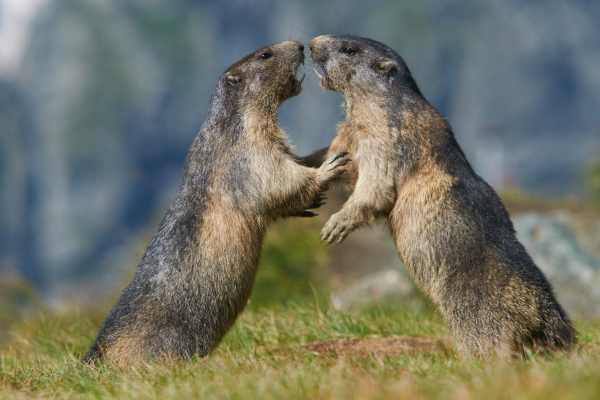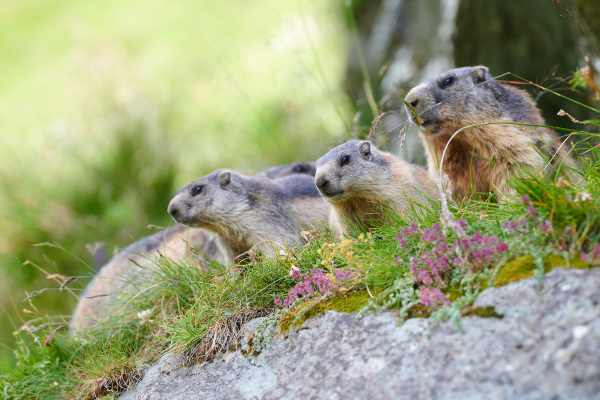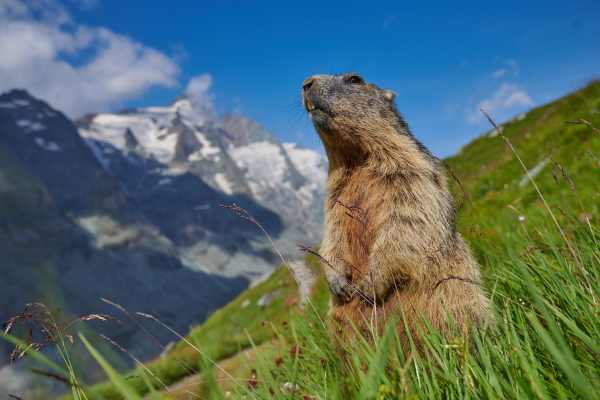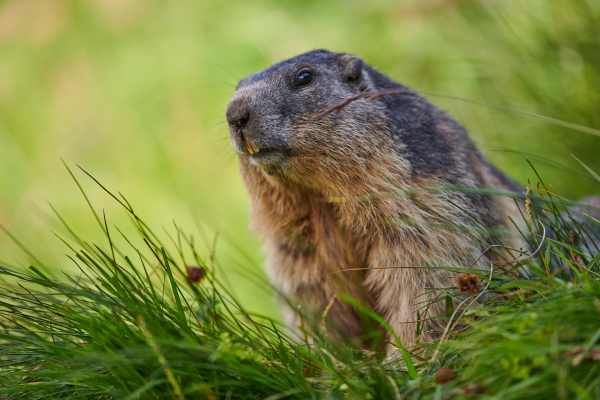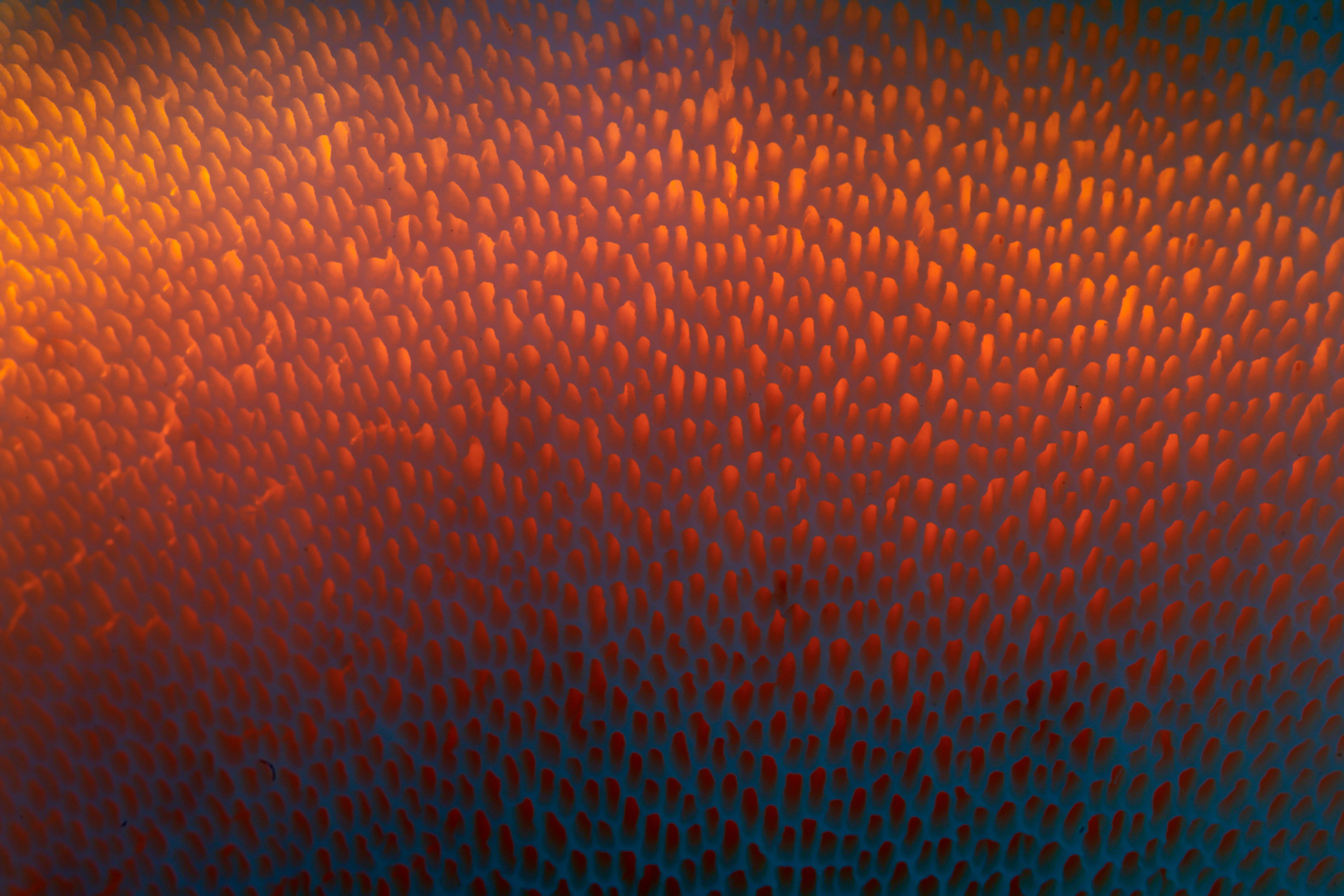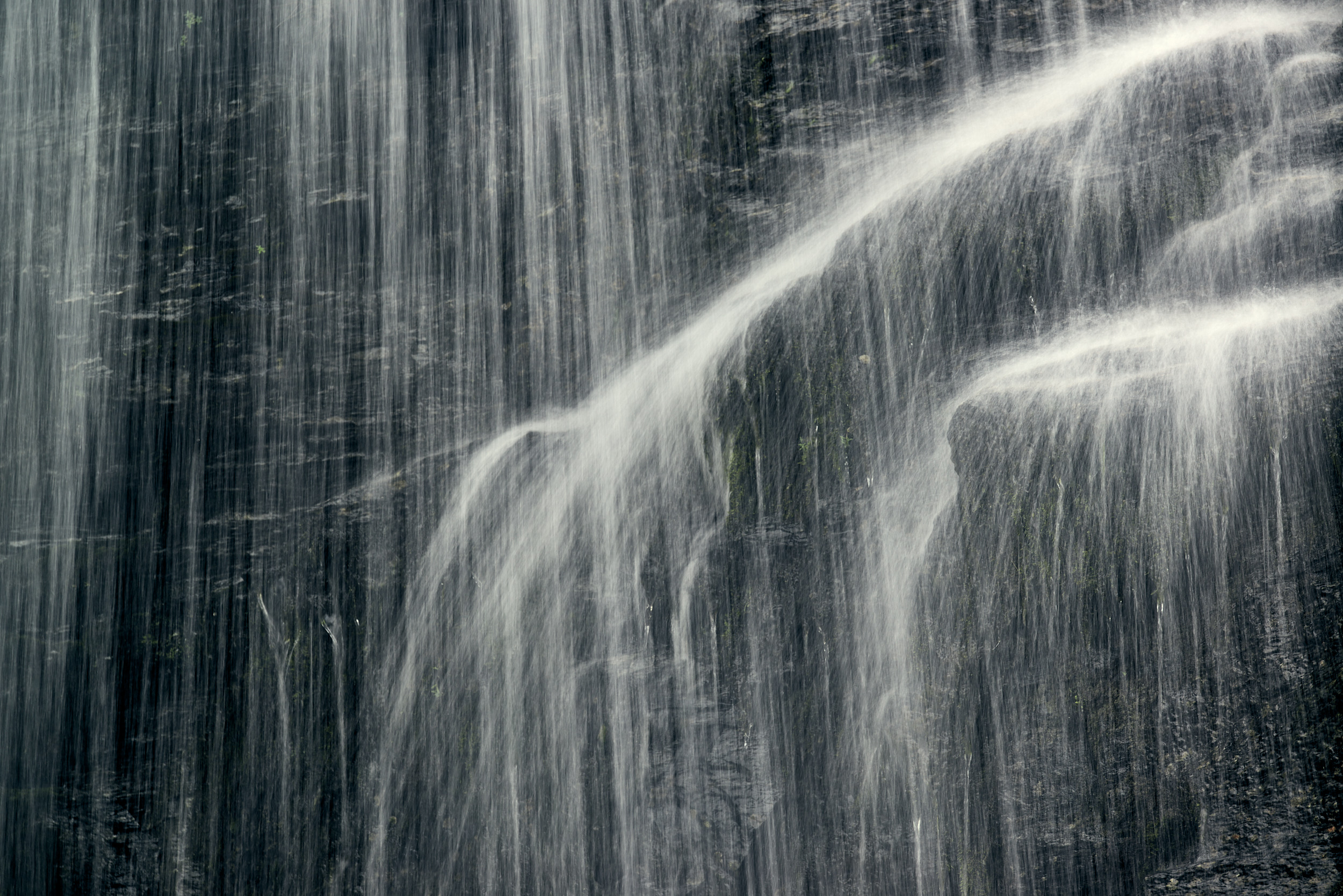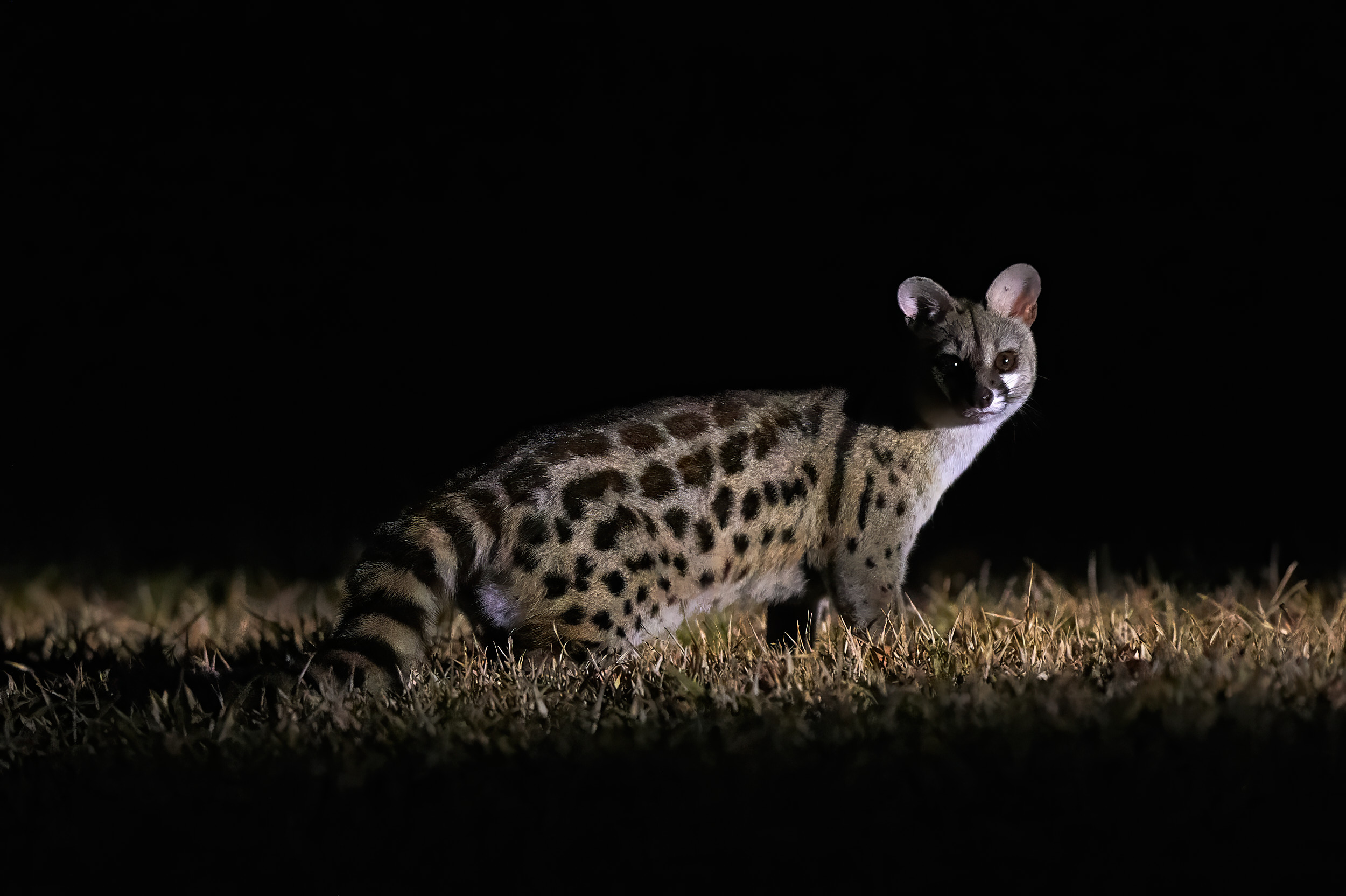Marmots are more than just cute photo motifs – they are ambassadors of the Alpine wilderness. A particularly friendly colony of these cute animals lives at the foot of the majestic Grossglockner, Austria’s highest mountain. Here, in the midst of the impressive mountain landscape, there are unique opportunities for unforgettable nature observations and photographs.

Join me on my photo tours and immerse yourself in the world of wild landscapes and unique encounters. Together we will hone your photographic skills – practical, creative and full of inspiration. Secure your place now and rediscover the magic of light and nature.
Insights into the life of marmots

Alpine marmots(Marmota marmota) spend a large part of the year in hibernation, which lasts from October to March. During this time, they reduce their bodily functions to a minimum and lose up to 30 % of their body weight. During the active months, they live in family groups and inhabit extensive territories of up to 2.5 hectares. In optimal habitats, between 40 and 80 marmots can live in one square kilometer.
Photo spot: Kaiser-Franz-Josefs-Höhe
The Kaiser-Franz-Josefs-Höhe is located at the end of the Grossglockner High Alpine Road at over 2,500 m above sea level. In addition to the breathtaking view of the Großglockner and the Pasterze, the largest glacier in the Eastern Alps, there is a colony of marmots right behind the panorama restaurant. An elevator takes visitors and their equipment directly to the marmots’ territory.
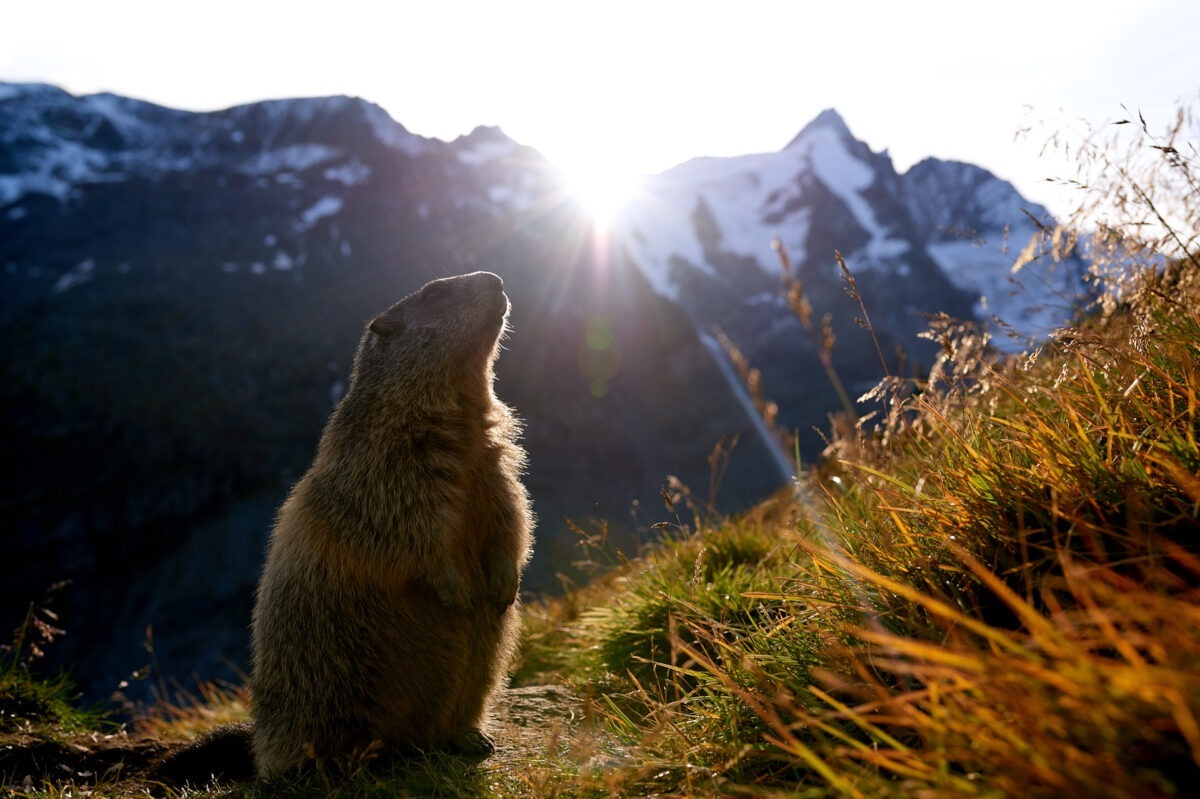
The animals are very trusting due to their regular contact with tourists and often approach within a few meters. They can be attracted with carrots or sunflower seeds. There are two levels between the panorama restaurant and the Kaiser-Franz-Josefs-Haus: a meadow where you can photograph marmots and a rock that allows you to take pictures with the Großglockner in the background.
Notes for photographers
This popular photo spot attracts many nature photographers. It is important to treat each other with respect and not to harm the animals. Hats or the like should be avoided on the animals so as not to disturb their natural behavior. Patient observation without feeding can lead to authentic shots in which territorial disputes or young animals playing can be seen.
In addition to marmots, ibexes can also be observed and photographed on the Gamsgrubenweg trail or along the Pasterze glacier path. There are numerous overnight accommodations in the area that are less frequented during the week, which allows for longer observation times.
Marmots are sensitive to heat and retreat into their burrows at high temperatures. The best photo opportunities are therefore in the morning and evening, when the sun rises over the marmot rocks or sets behind the Grossglockner.

